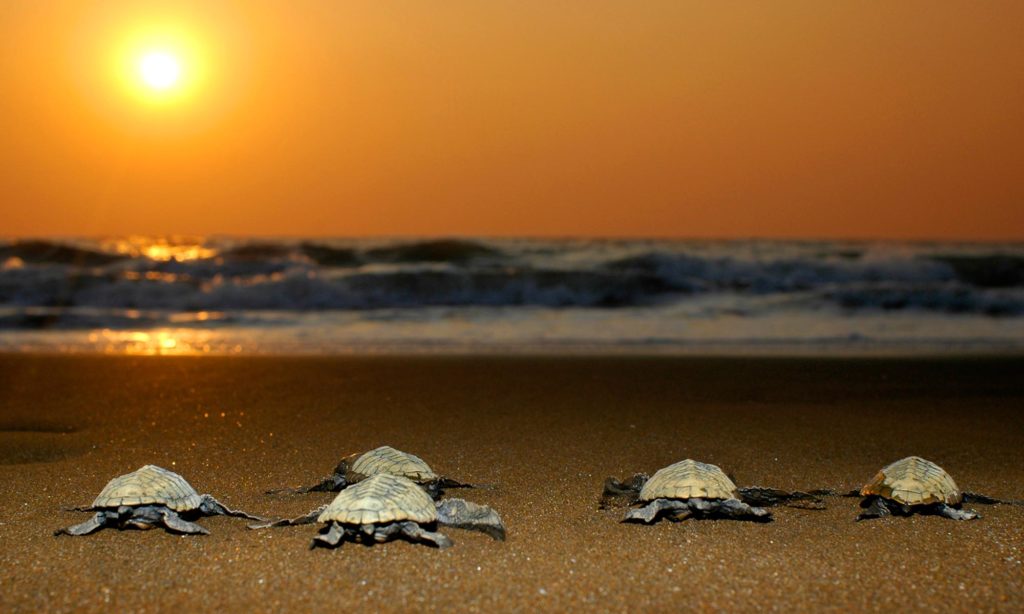
As the day breaks the number of nature lovers and foreigners await to witness an exciting miracle of nature. The tiny turtle hatchlings, emerging out of the sandy beach in the golden light at the time of sunset, breathe the fresh salty air of the Arabian Sea nearby. And then, at top ‘turtle speed’, they embark to the inviting cool sea waters. It is the culmination of a lengthy process, which starts around November under the protective cover of darkness. The weary female turtles emerge from the rolling sea waves to lay their clutches of around 100 to 120 eggs on the sandy beach. Each year, the tiny village of Velas, in Maharashtra, bears witness to a truly heart-warming sight as hundreds of newly hatched Olive Ridley turtles take their first steps towards the big blue sea. The start of life afresh!
We only have one planet and we should all do our part to ensure that it’s protected by combining our modern ways of living with a deeper respect and understanding of what nature provides. Environmental conservationists understand that the way we live is a reflection of how we feel about the natural world, and our everyday habits show how much we truly value all the things that the Earth gives us. As we can see, in the matter of the turtle festival, the Olive Ridley Turtle sightings are getting lesser each year. The Sahyadri Nisarg Mitra Organization is trying its best to protect these turtles. They patrol the beaches prone to turtle visits and collect the eggs and place them in separate sand pits in a protected area in natural conditions. The eggs are left to incubate naturally and take around 50-55 days to hatch. This procedure contributes a lot to conserving the Olive Ridley species and protects them from endangerment. It is our responsibility too to actively participate in this conservation by visiting the Turtle Festival every year, creating awareness about these Olive Ridley hatchlings and even volunteer with the NGO to help save the lives of these tiny turtles.
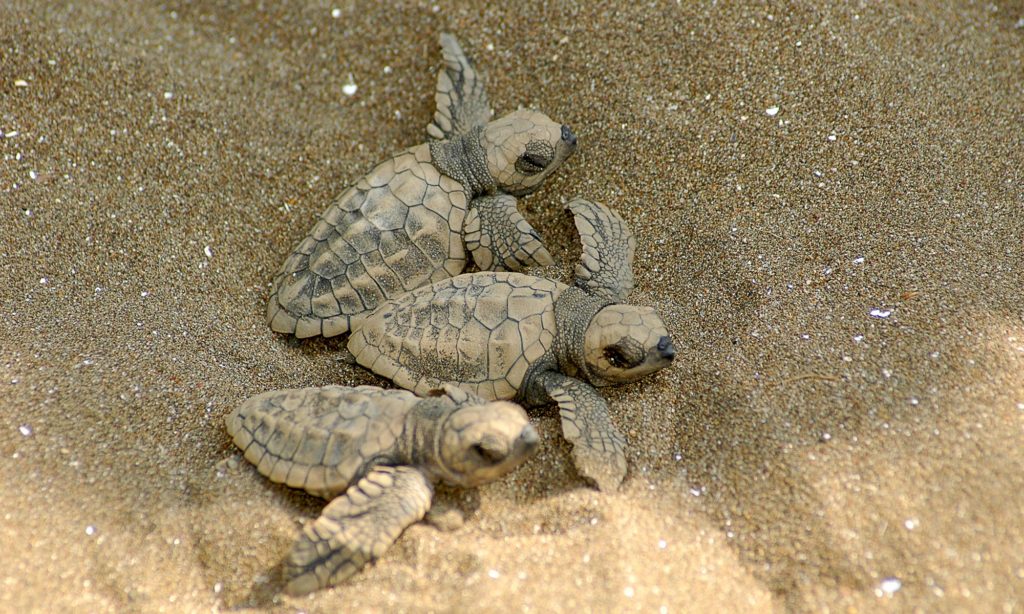
The Olive Ridley Turtles thrive in warm tropical waters of the Pacific and Indian Ocean and India is a hotspot breeding ground for them. Ratnagiri coast accounts for large number of hatchlings on the west coast of India. Every year, around November-December, adult female Olive Ridley turtles come to the shore of Velas, Anjarle, Karde, Dabhol, Gaokhadi beaches of Ratnagiri to lay their eggs. These turtles visit in large groups for mass nesting. Olive Ridley turtles is a threatened specie because they die in large numbers due to manmade circumstances like Trawler fishing. Researchers say that the females remember the beach where they were born at and return when they attain adulthood, to lay their eggs at this very beach, no matter where they are in the ocean. But the Olive Ridley turtle eggs have been victims of poachers and also dogs, jackals, and even humans that eat them. Therefore, the Kasav Mohatsav has been a major contributor in saving these endangered species.
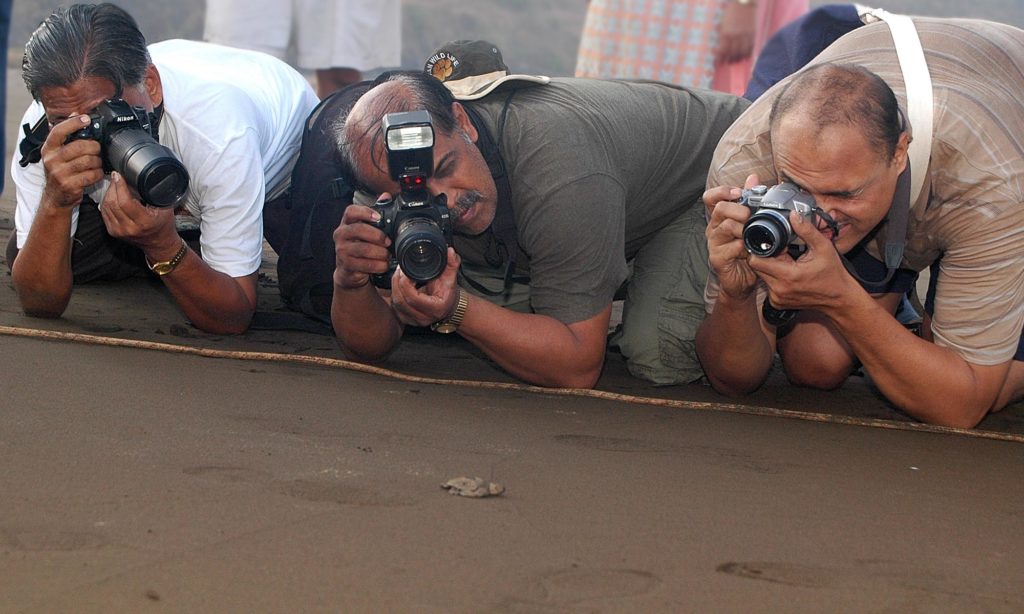
Sahyadri Nisarg Mitra organization started the work of protecting the Olive Ridley (Lepidochelys olivacea) turtles in Velas, in Ratnagiri more than a decade ago. They worked in 15 villages to protect the turtles but only found 36 nests as compared to 50 in a single village. These figures prove that the marine turtles are rapidly advancing towards endangerment. So far SNM has protected numerous nests and successfully released more than 60,000 hatchlings. Now the villagers of Velas, Anjarle, Karde, Dabhol, Gaokhadi have taken the initiative to protect Sea Turtle Nests every year and turtle festivals are being organized at almost all places.
Come visit the Turtle festival locally called as the Kasav Mohatsav in Coastal Talukas of Ratnagiri District, to see this natural wonder yourself where you can stay in the affordable local home stays, enjoy a walk through Casuarina groves, visit the historical sites around and obviously enjoy the authentic Konkani cuisine. You can also visit different places in Ratnagiri District while comming for Turtle festival. For more information log on to http://www.ratnagiritourism.in
Photographs by Yuvraj Gurjar
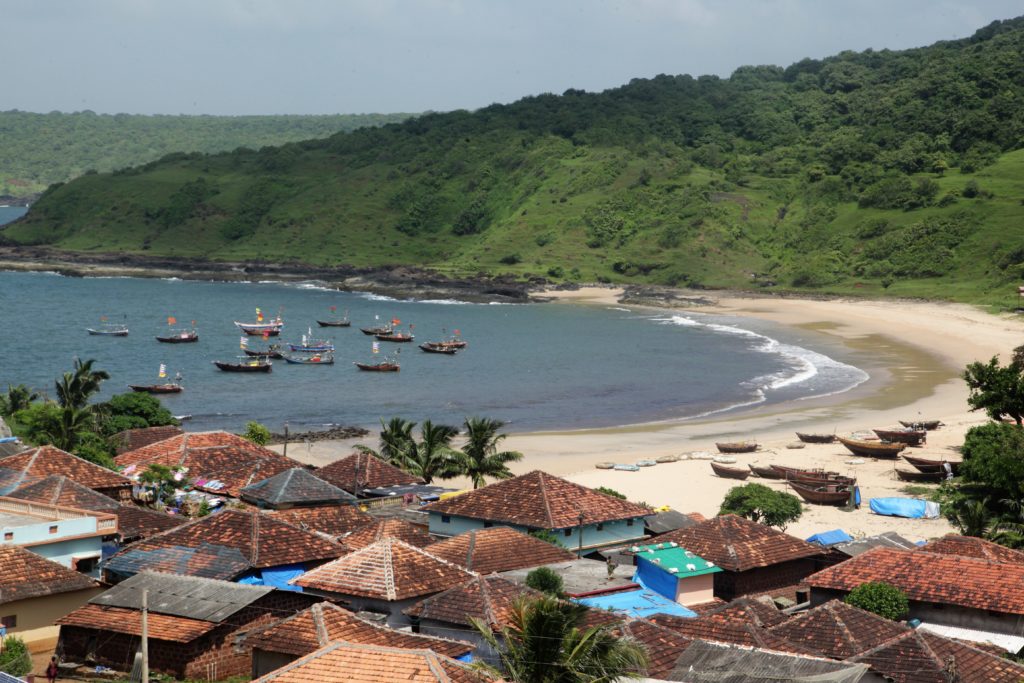 Budhal village, Budhal Sada or Budhal Kond are not on the average tourist map. The fork turning right on the Guhagar-Velaneshwar raod, near Adur, leads to Budhal which is a small village with about 30 –40 huts.
Budhal village, Budhal Sada or Budhal Kond are not on the average tourist map. The fork turning right on the Guhagar-Velaneshwar raod, near Adur, leads to Budhal which is a small village with about 30 –40 huts. 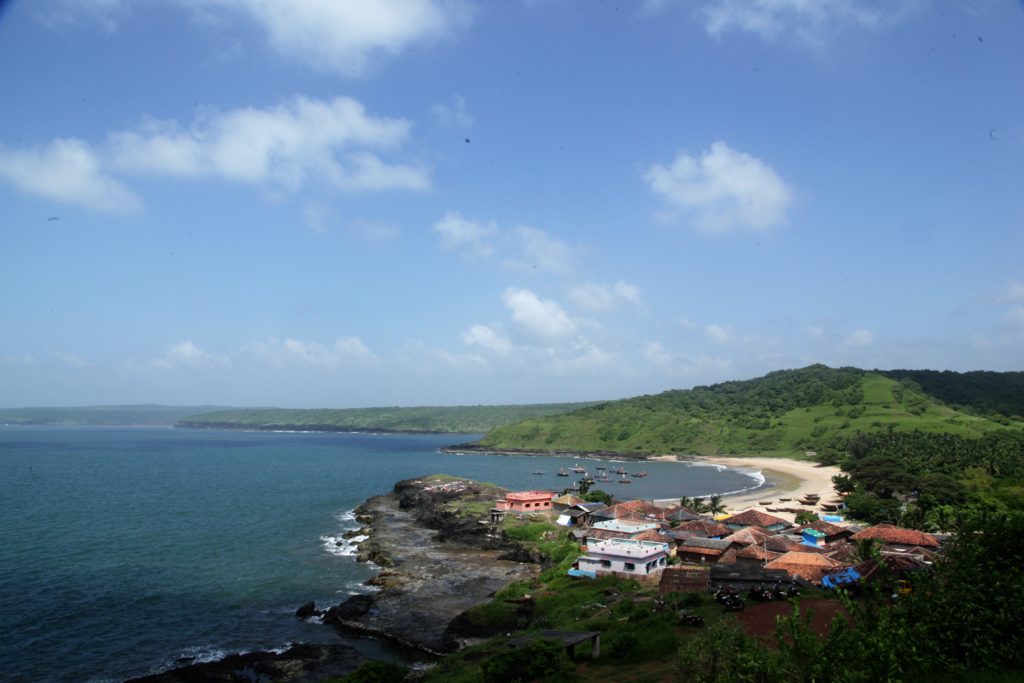
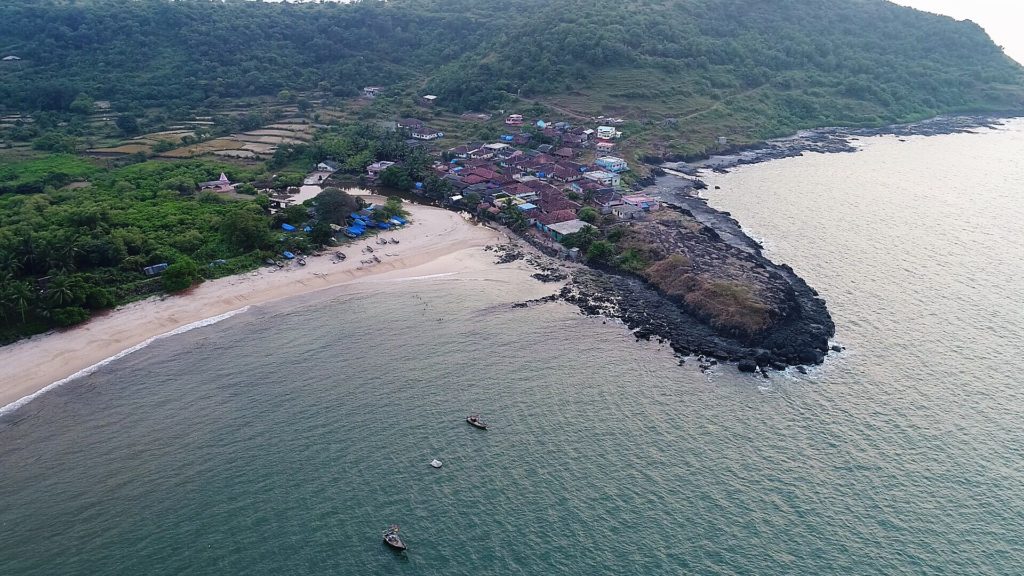
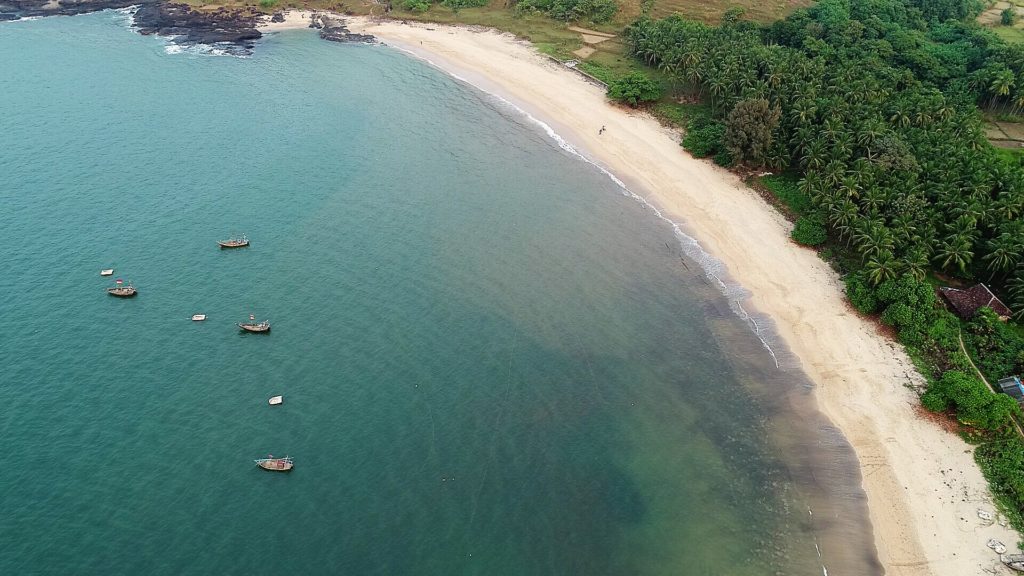
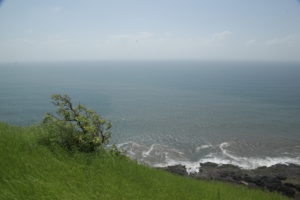
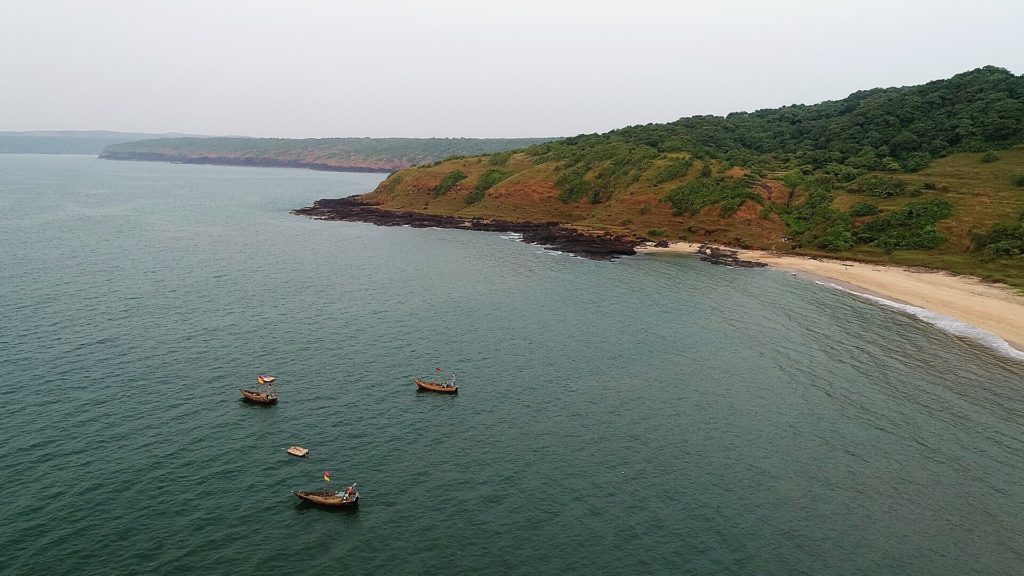
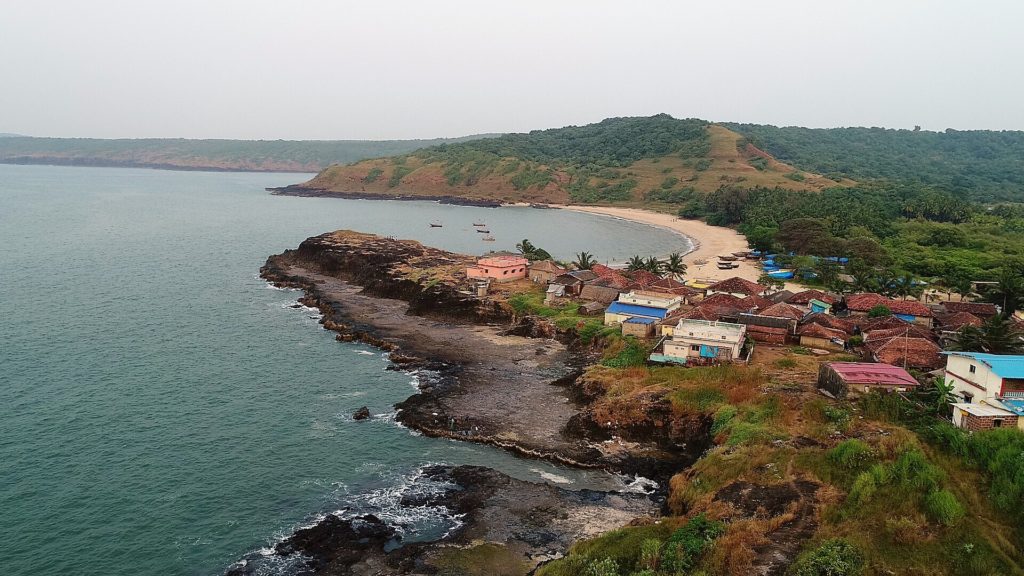
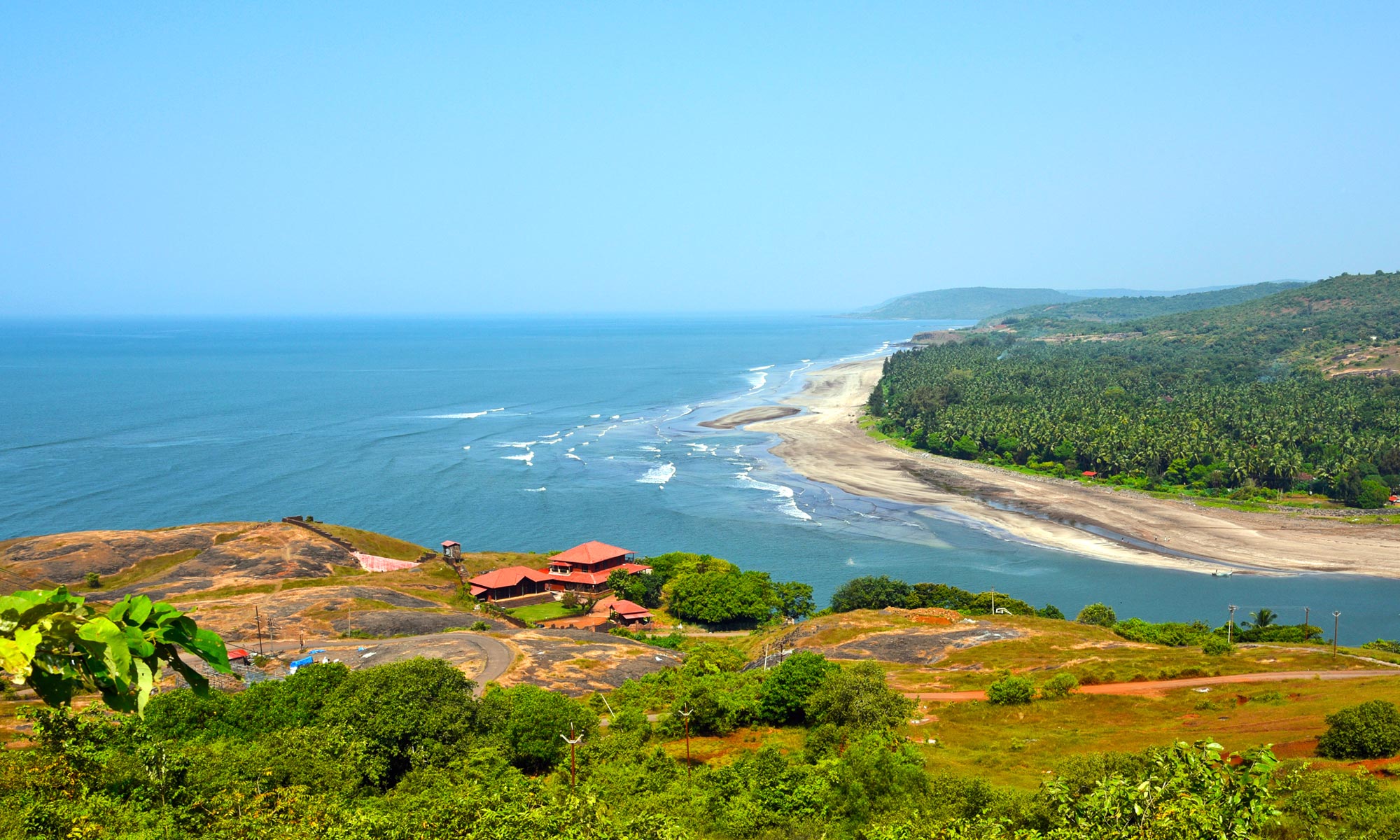

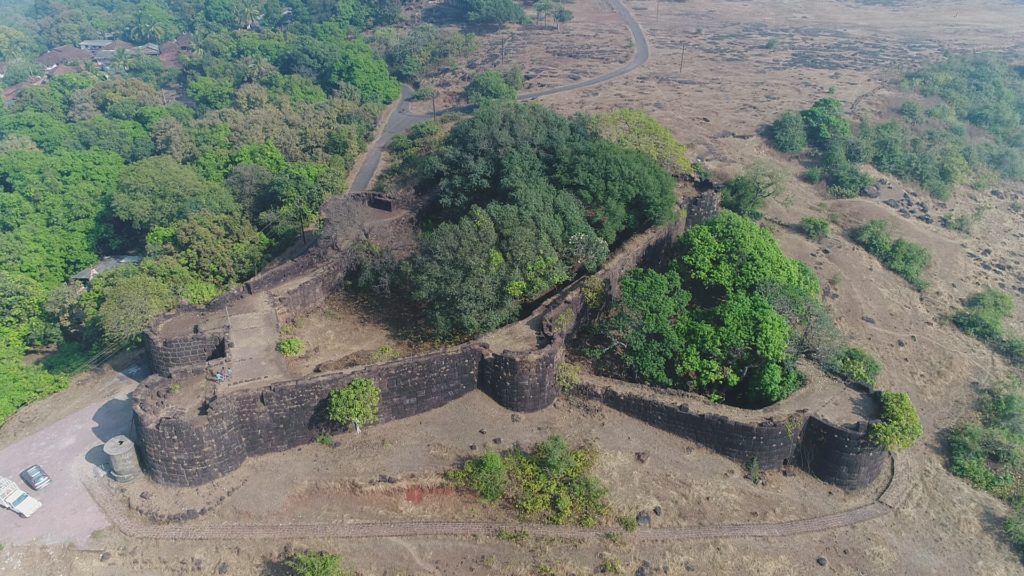
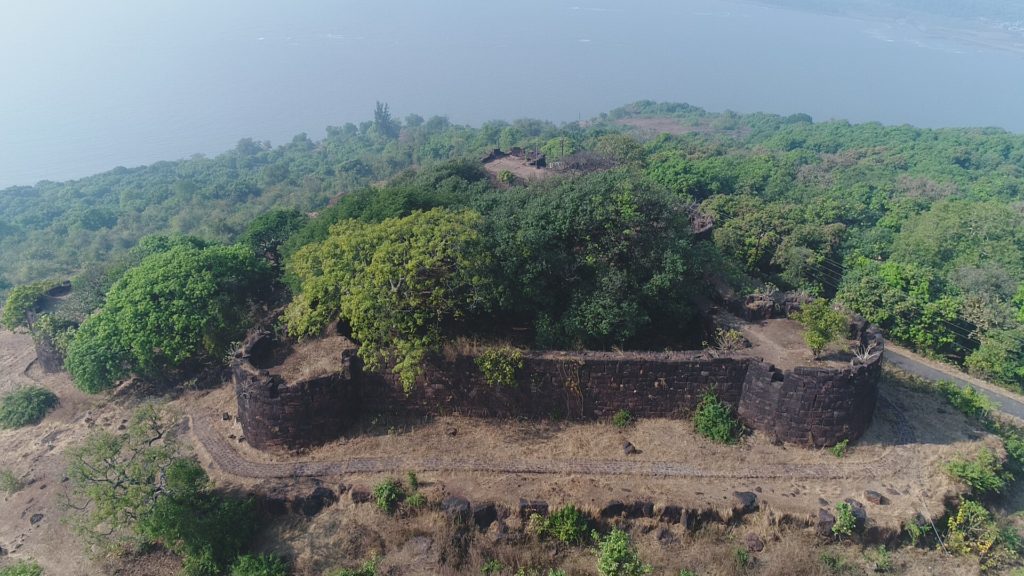
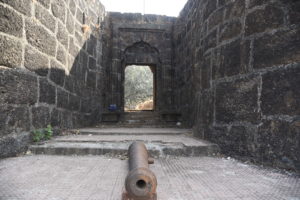
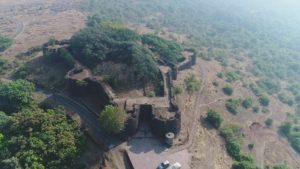
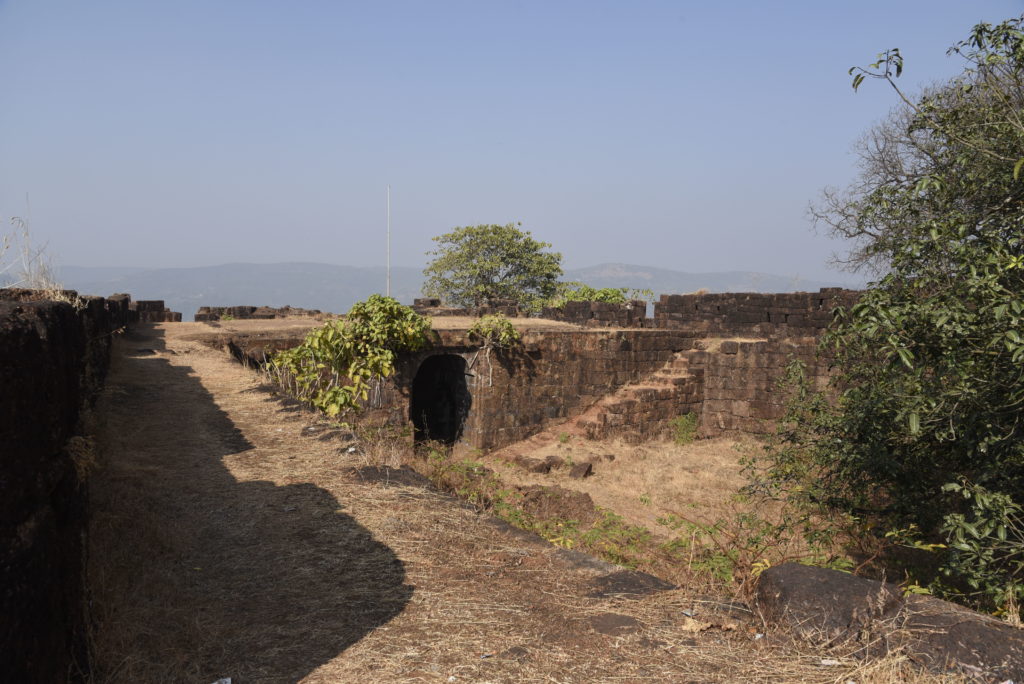
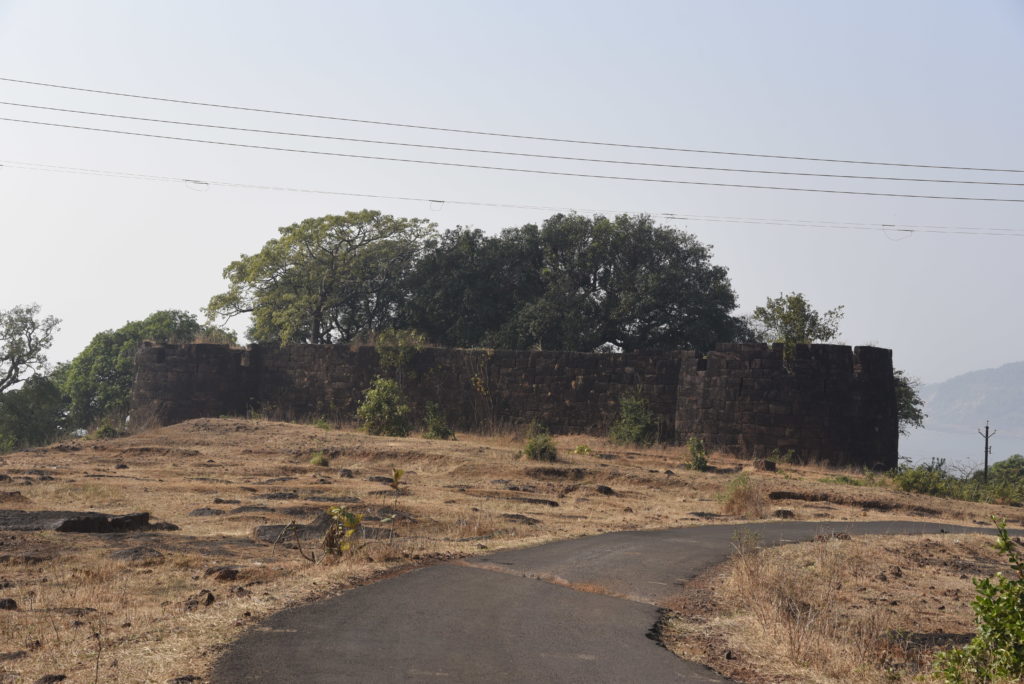
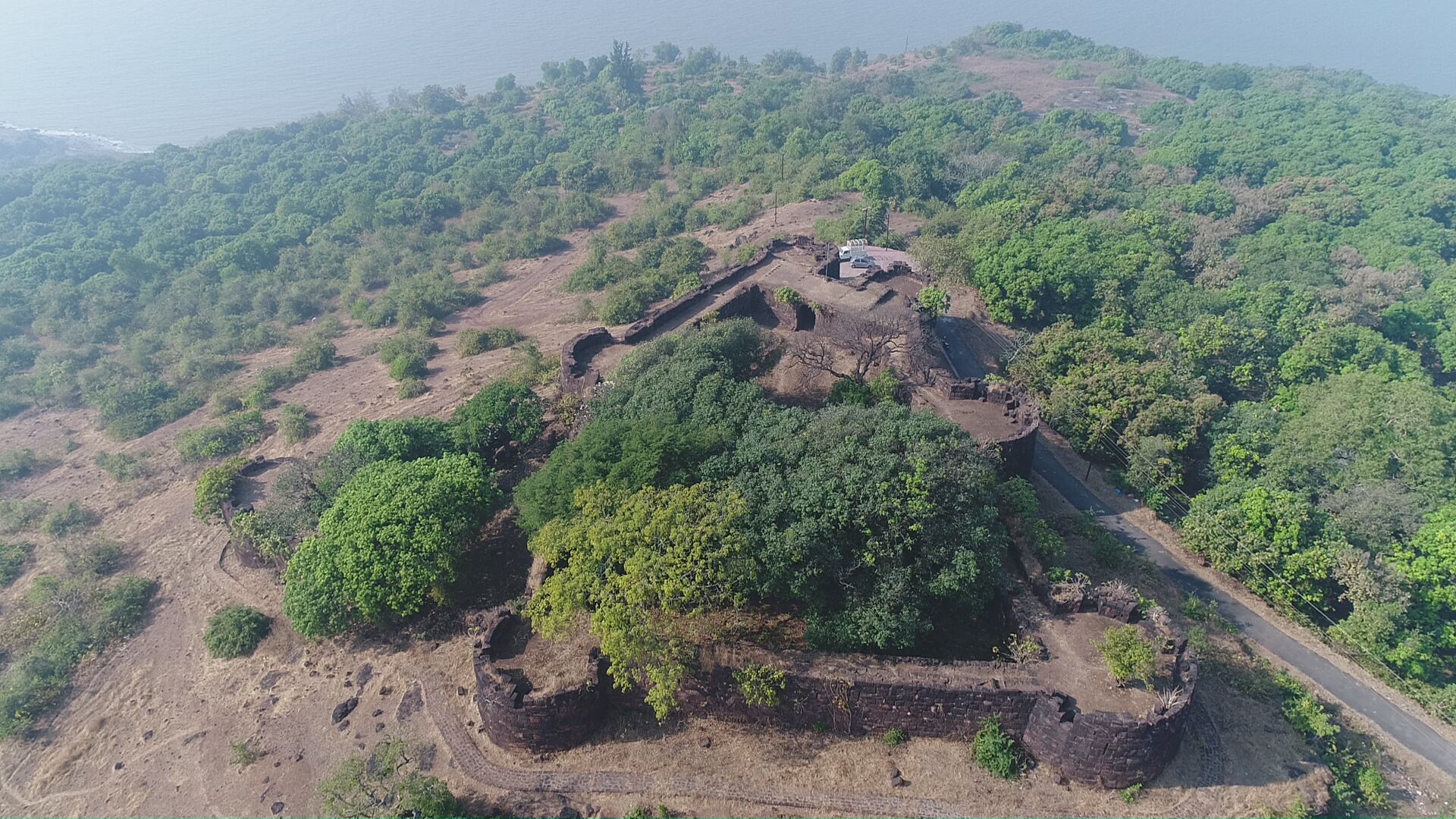
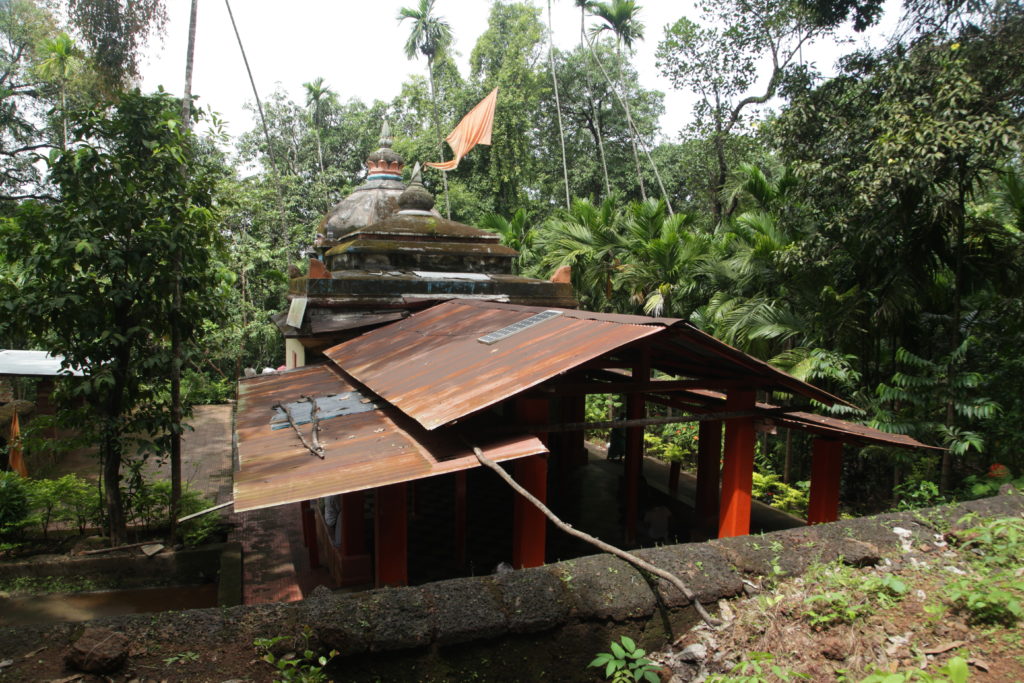
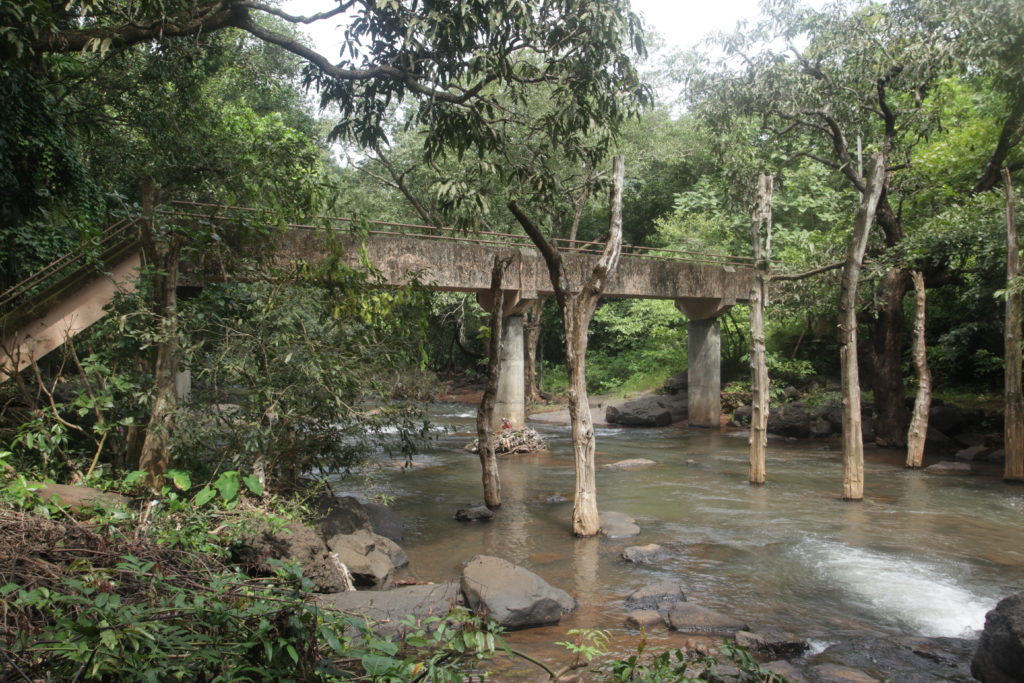
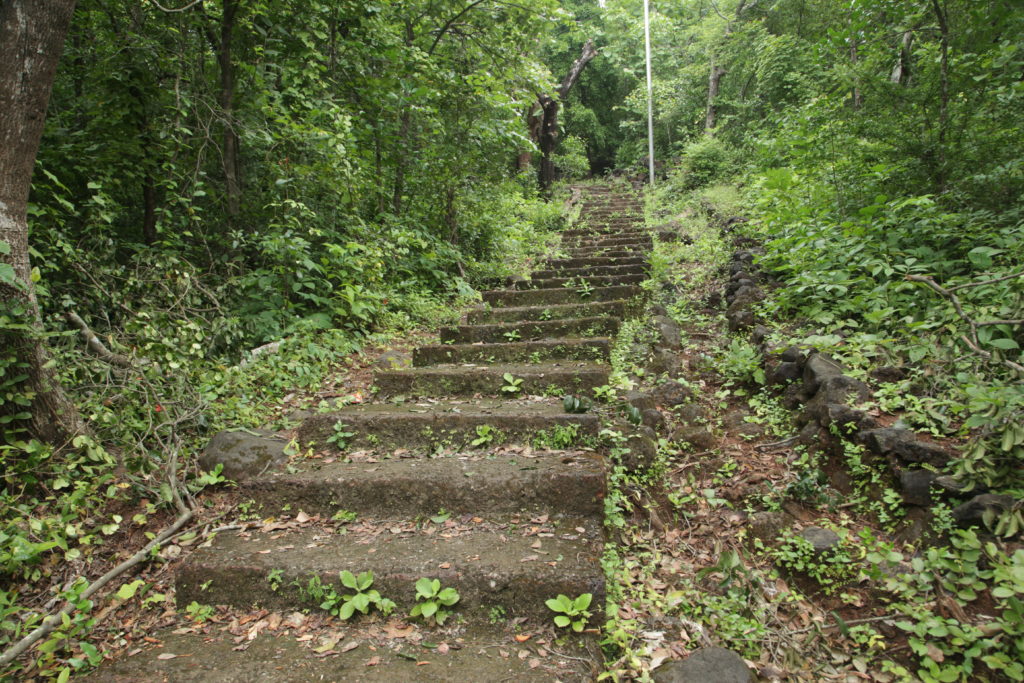
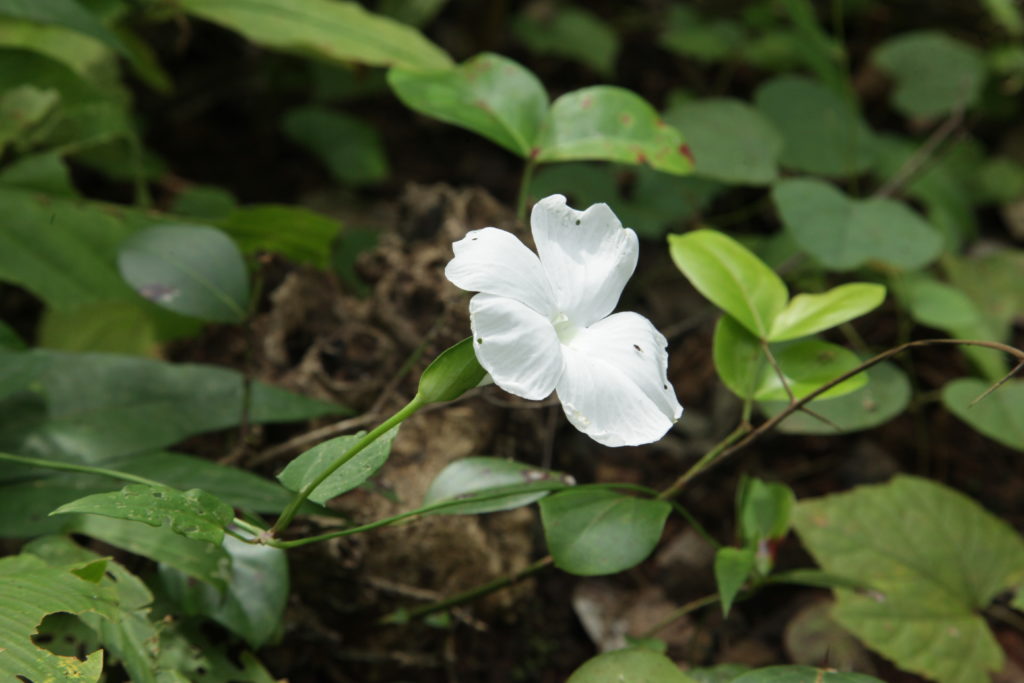
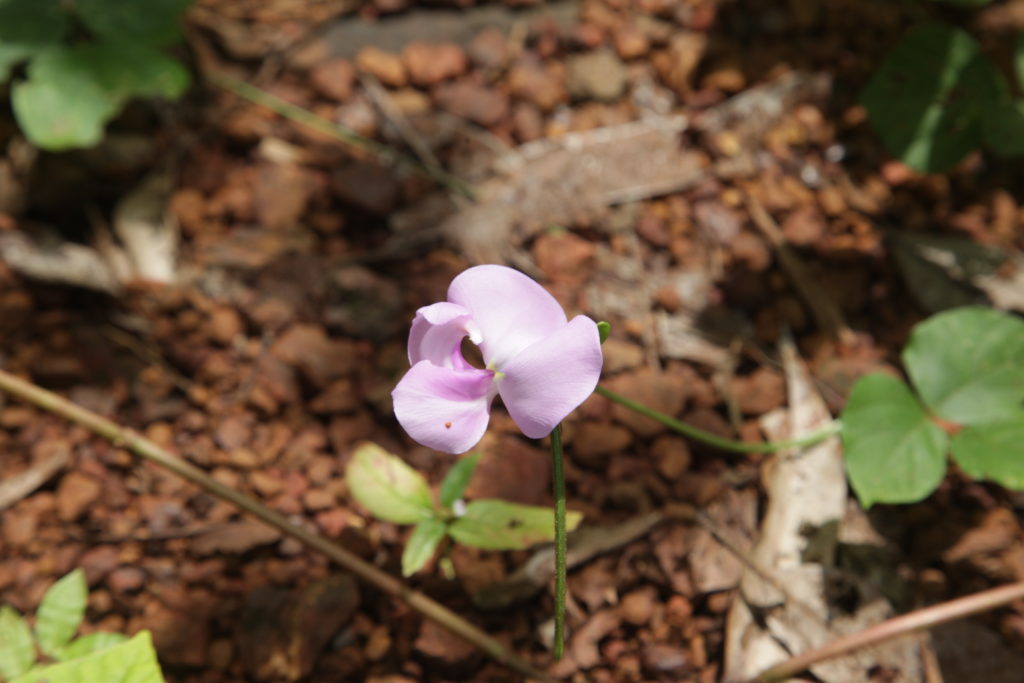
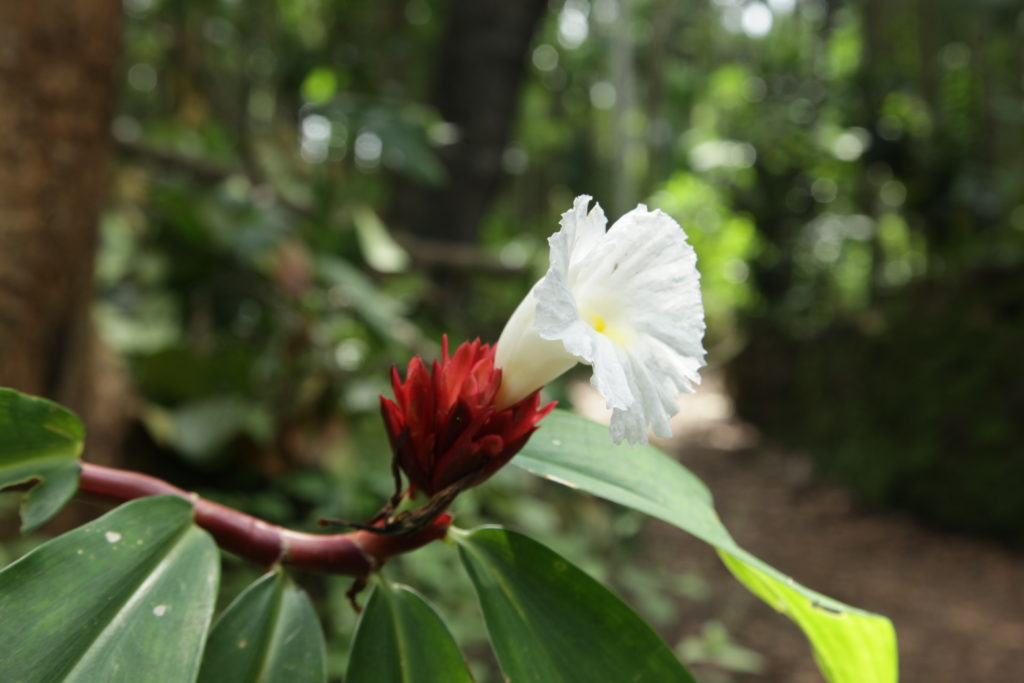
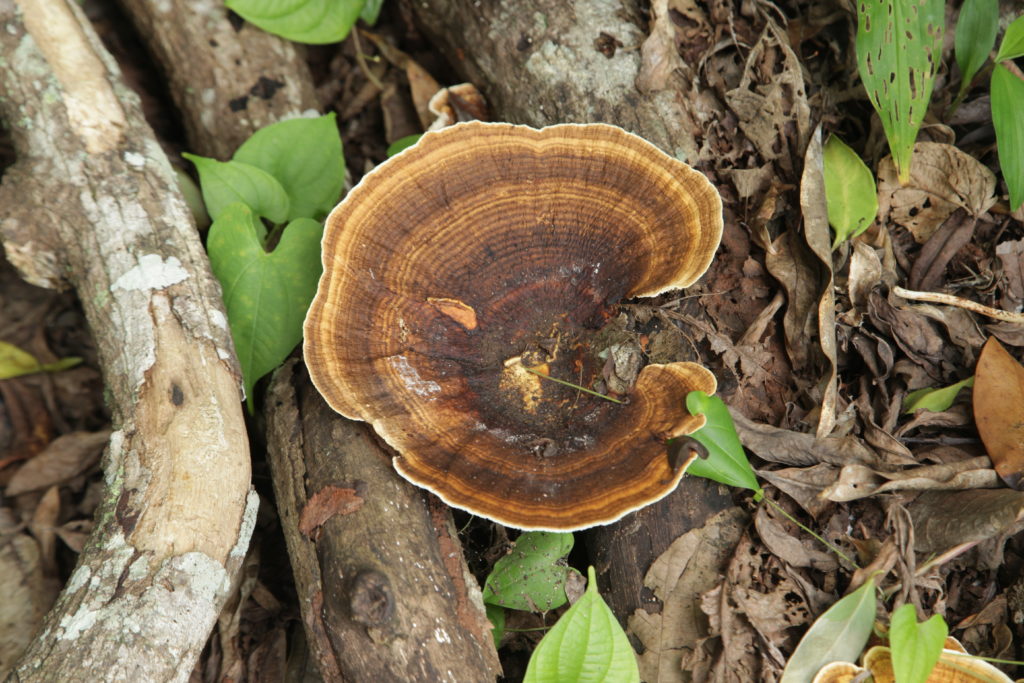
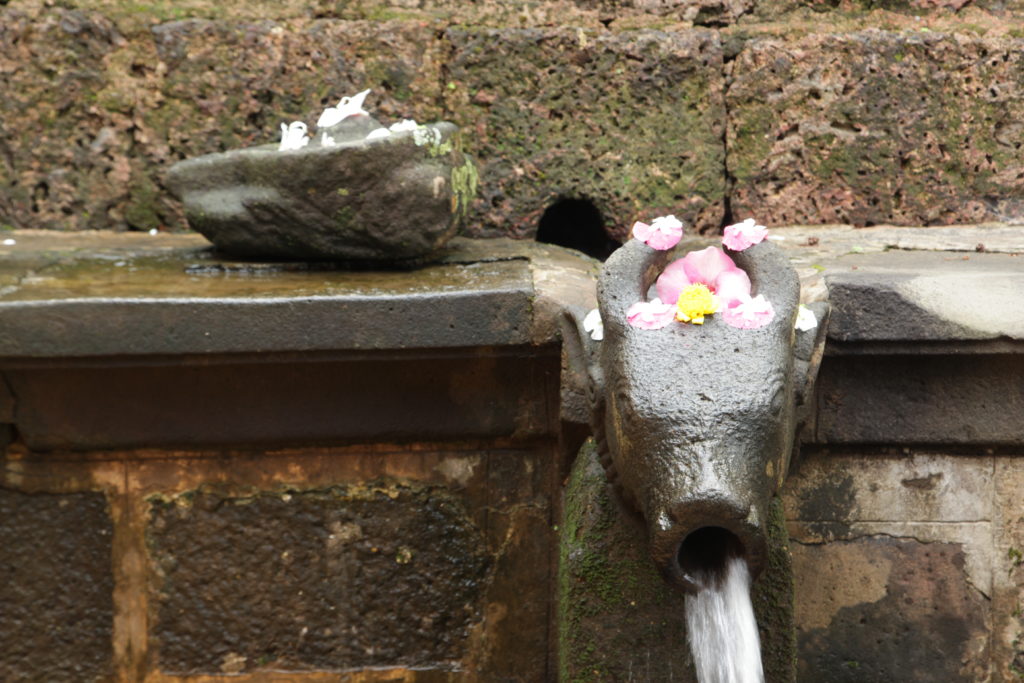
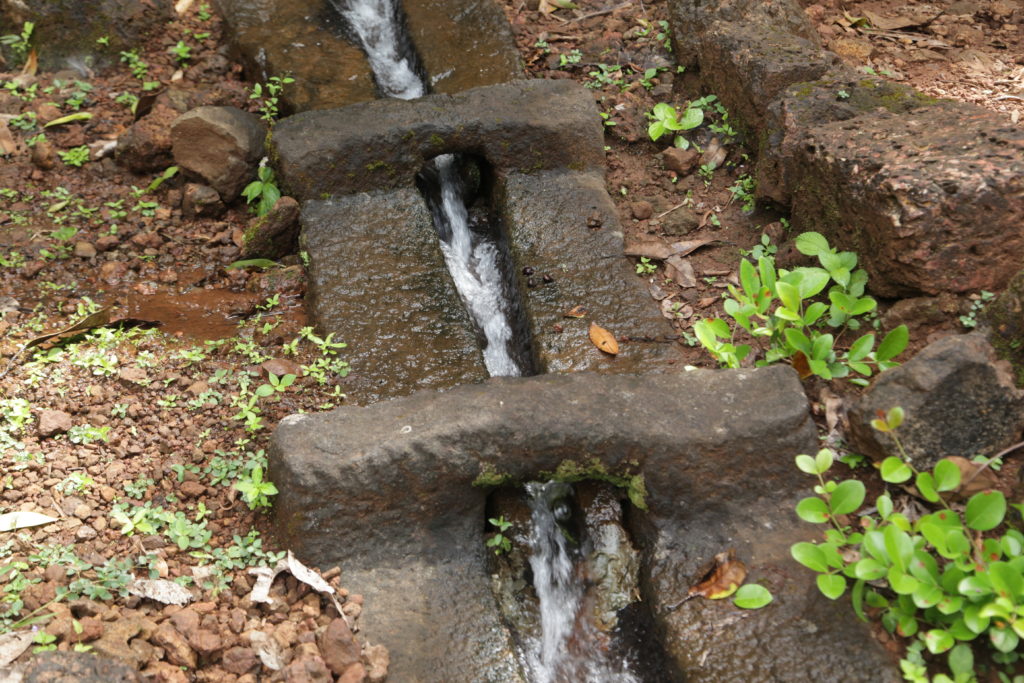
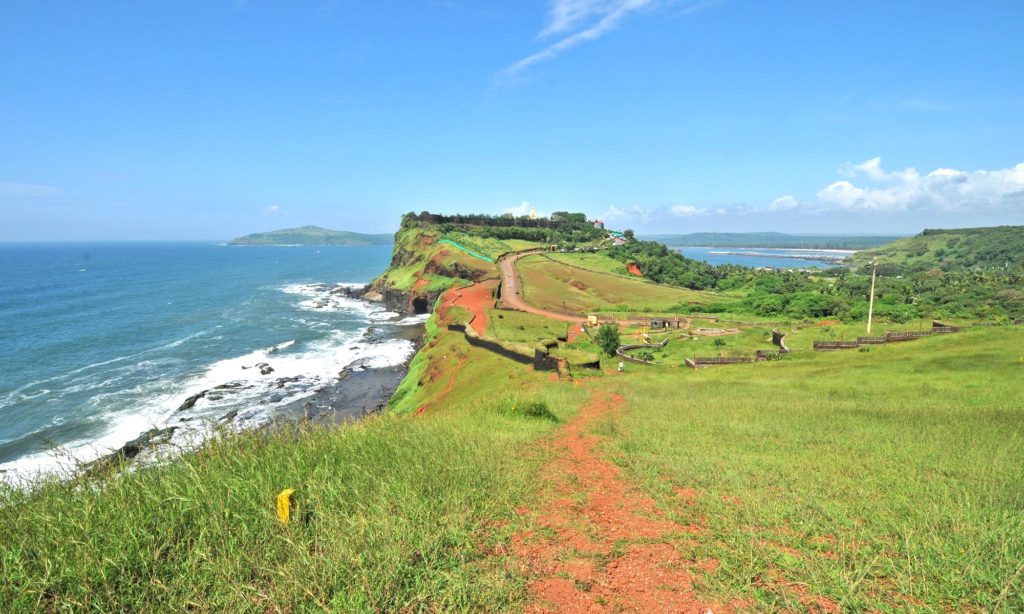
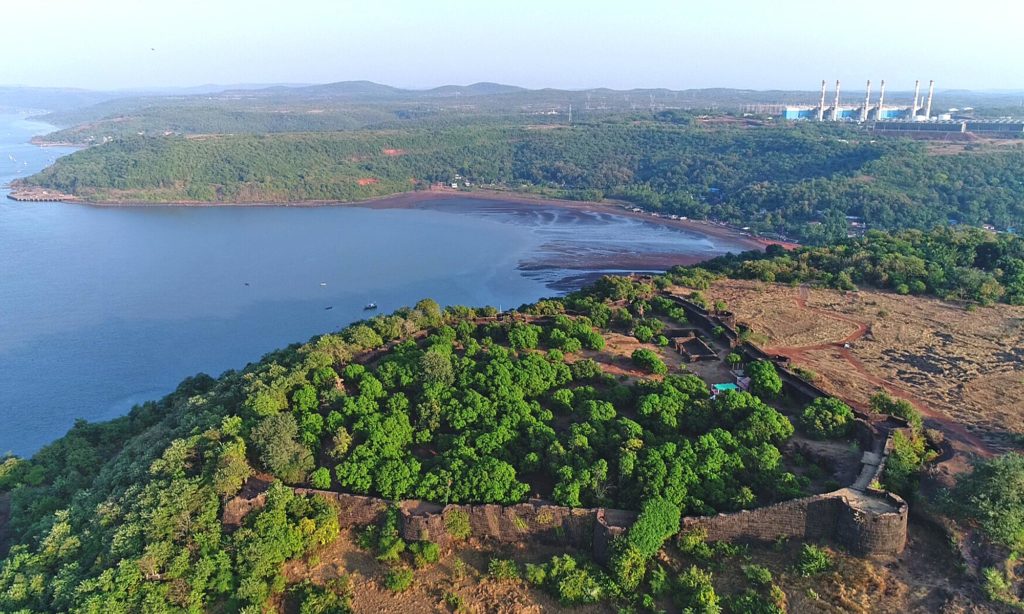
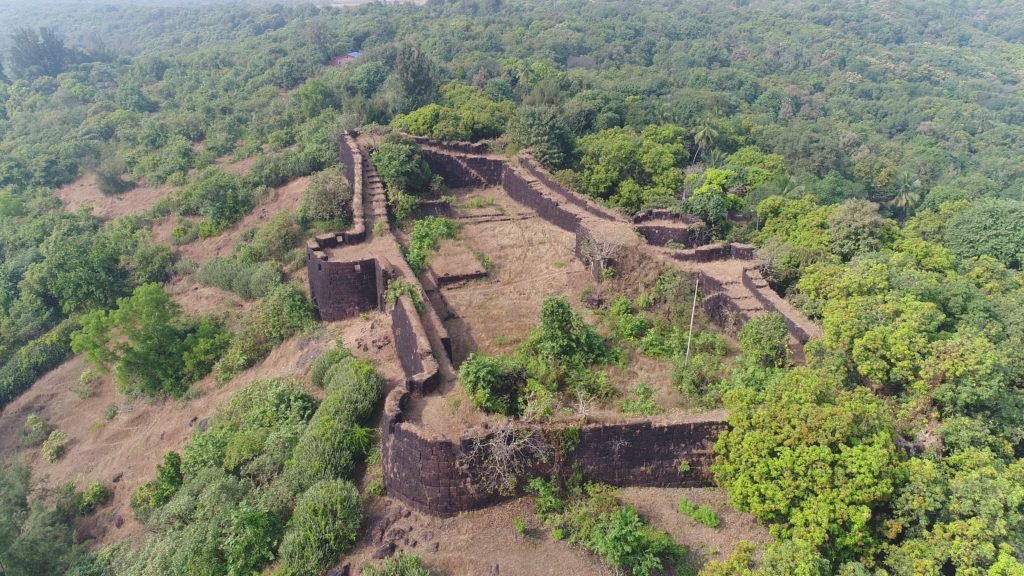
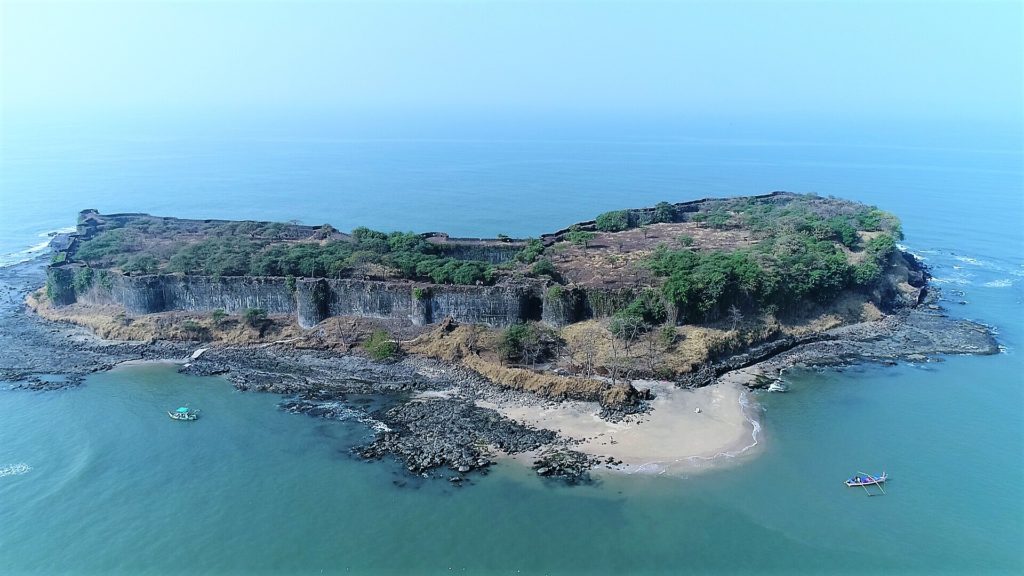
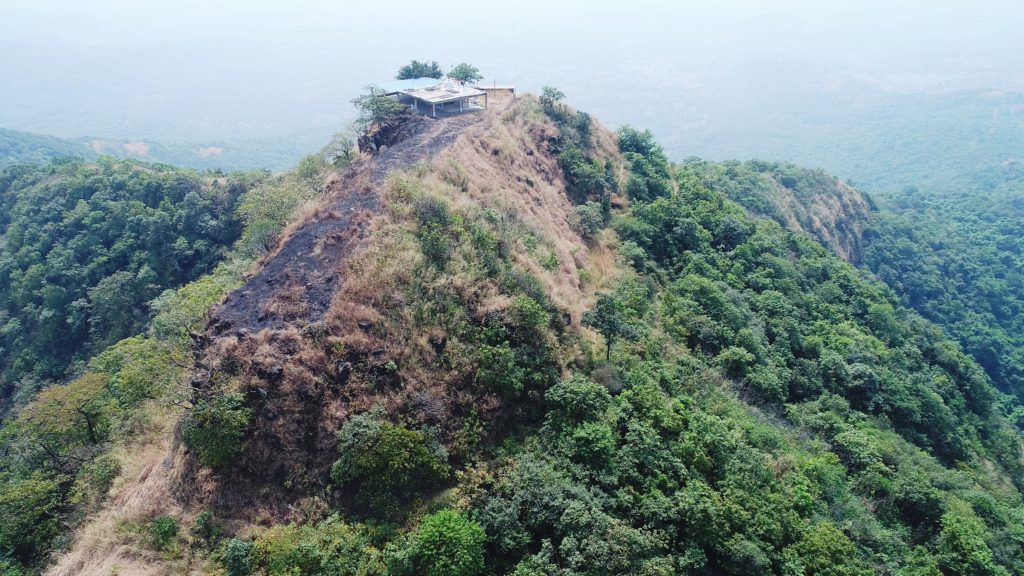
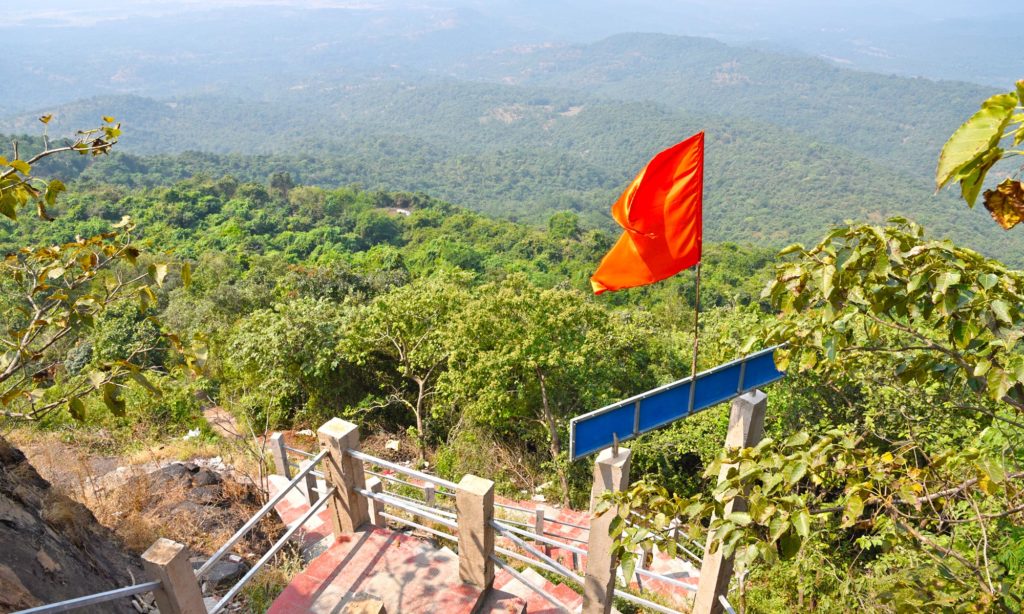
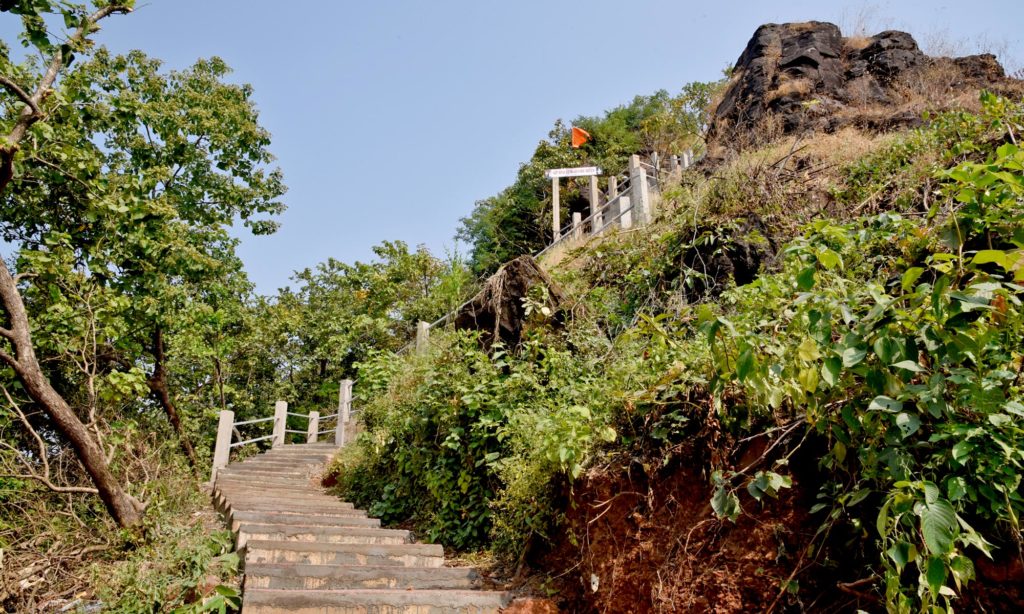 The Talawde village situated at the base of Tikaleshwar is 4 km away from Devarukh. A new road has been constructed from there which takes to Tikaleshwar Mountain. You can also drive up almost 3/4th distance. But you have to climb the last quarter mile on foot and is known to be a very steep and tiring climb if you are not a trekker. Adventure lovers and trekkers usually love such routs.
The Talawde village situated at the base of Tikaleshwar is 4 km away from Devarukh. A new road has been constructed from there which takes to Tikaleshwar Mountain. You can also drive up almost 3/4th distance. But you have to climb the last quarter mile on foot and is known to be a very steep and tiring climb if you are not a trekker. Adventure lovers and trekkers usually love such routs.


